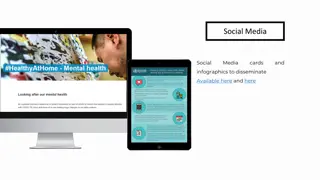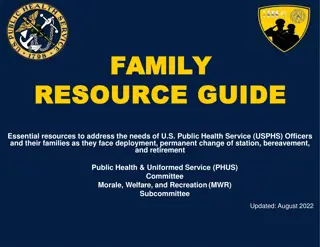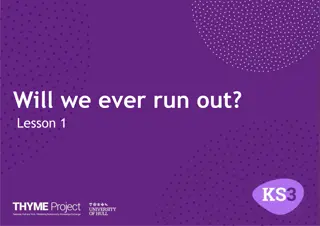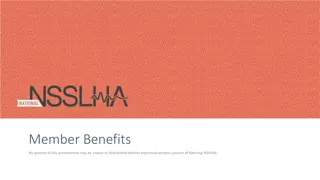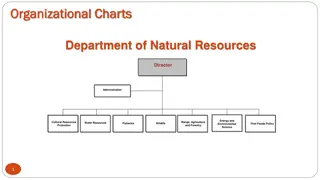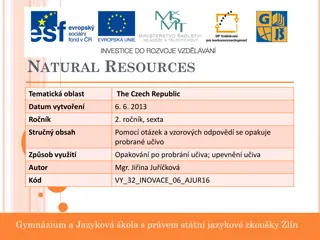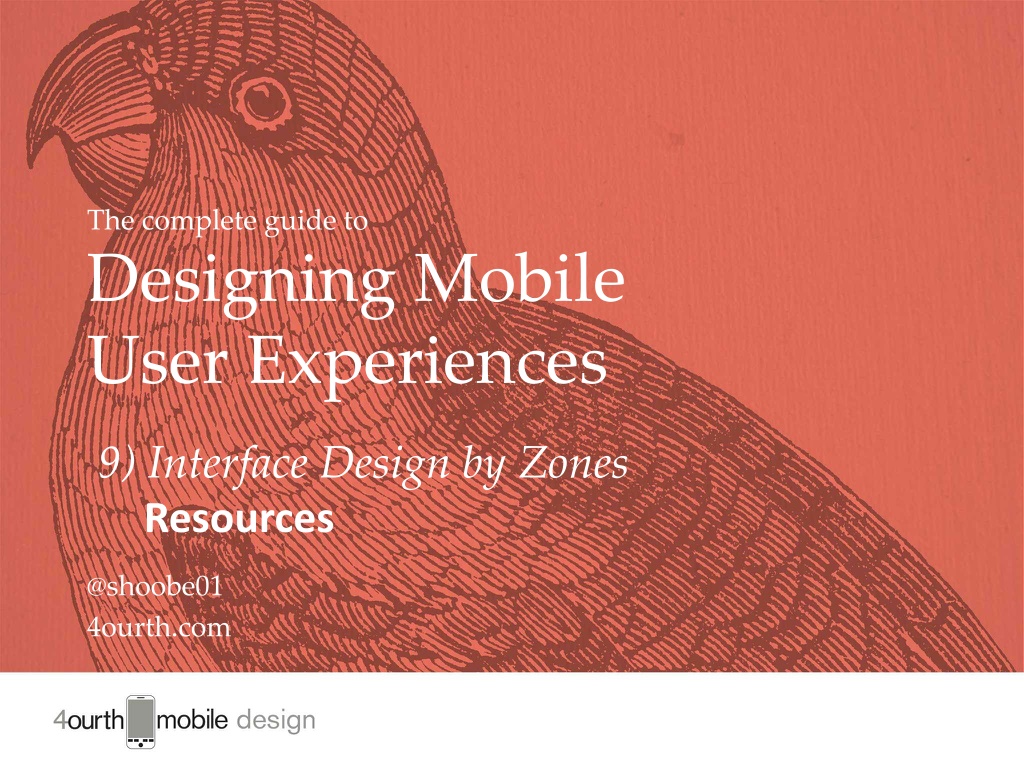
Mobile User Experience Design: Interface, Zones, Touch, Physiology, Menus & Music
Dive into the comprehensive world of mobile user experience design, covering interface design by zones, touch interactions, human factors and physiology, menu usability, and redefined music experiences on mobile devices. Explore expert insights, research summaries, and valuable resources for creating engaging and user-friendly mobile interfaces.
Download Presentation

Please find below an Image/Link to download the presentation.
The content on the website is provided AS IS for your information and personal use only. It may not be sold, licensed, or shared on other websites without obtaining consent from the author. Download presentation by click this link. If you encounter any issues during the download, it is possible that the publisher has removed the file from their server.
E N D
Presentation Transcript
The complete guide to Designing Mobile User Experiences 9) Interface Design by Zones Resources @shoobe01 4ourth.com 1
Interface Design by Zones Read More: The only reading here is from stuff I made, because this is one thing where I am not just familiar with the topic, but leading it. I've done or collaborated with almost all the key research in the field lately, so just read the Touch page, and check out the video, presentation, and many references. 2
FINGERS, THUMBS, AND PEOPLE http://interactions.acm.org/archive/view/may-june-2015/fingers-thumbs-and- people Summary of my research in the June 2015 issue of ACM Interactions magazine. 3
Designing for Touch http://4ourth.com/Touch/index.html All my touch stuff is summarized here. Links to all the videos, PPTs, and articles ever written, plus a summary on the page itself. 4
Human Factors & Physiology http://4ourth.com/wiki/Human%20Factors%20%26%20Physiology This gets into some of the physiology behind what is happening when people touch and look at their phones. Remember this, even if you don t remember the numbers: people do not change. Our bodies and brains are the same, so fundamental behaviors are not going to change. Adapt your technology instead. 5
Menus Arent Bad http://www.uxmatters.com/mt/archives/2015/05/why-its-totally-okay-to-use- a-hamburger-icon.php The bad reputation menus have is from mis-use. Continue the principles above and put tertiary items in the menu. Over-populating the tab bar isn t going to solve the problem a lot of sites and apps are discovering. http://clearleft.com/thinks/359 this will only be possible if we stop showing off to our friends by hamburger shaming , and embrace the plucky icon for what it is, warts and all. 6
Music, Redefined http://daniellancefisher.com.au/JB-Hi-Fi-NOW-Music The music app I refer to in the last slide of the deck. While searching for the perfect position, I came across a lot of research into how people were using their devices. The most inspiring of which was an insightful article by Steven Hoober on how users preferred to hold their devices.The landscape was changing, and putting functionality lower was now going to benefit the user instantly it was easier, faster, and more enjoyable to use. It was working, and it felt right. After some fine tuning and tweaking, it was ready to be rolled out into the rest of the app. 7
The best icon is a text label http://thomasbyttebier.be/blog/the-best-icon-is-a-text-label I actually don t buy the title, but this is a good summary of icon issues. My experience is that icon plus text label is best. Others share this observation, with much research to back it up. It also is convenient because the icon orients the user and can be the only thing at a glanceable size. The label can be the smallest allowed text, and is readable because the user can orient on the icon, pan down and see the label. 8






